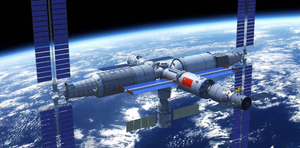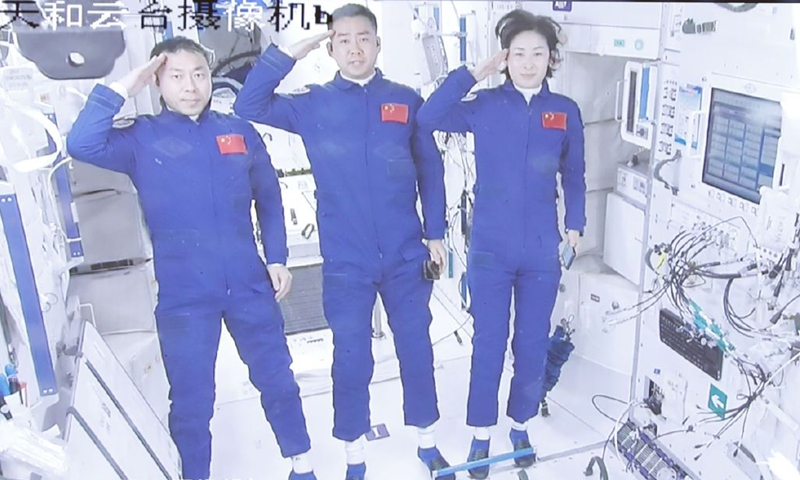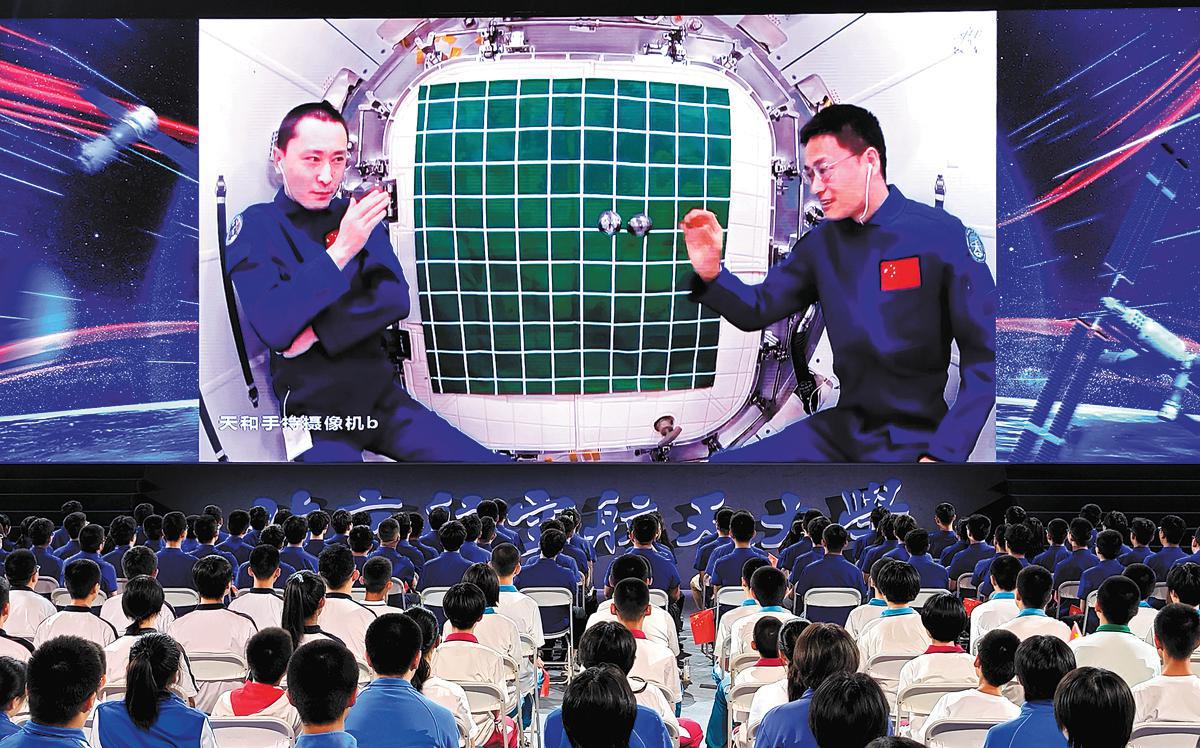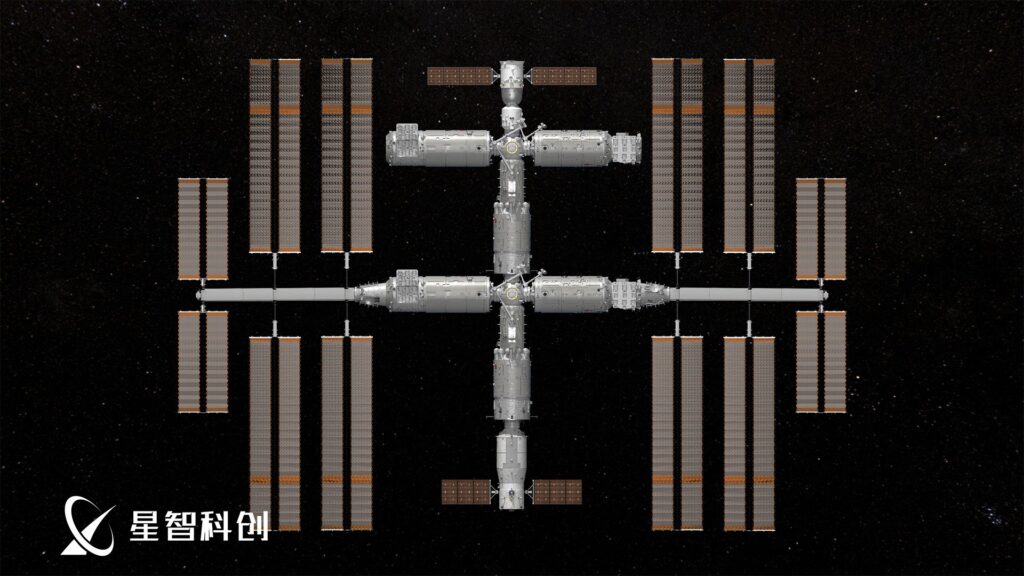
Mar 29, 2024
Top 10 Things You Don't Know About China's Space Station
China's space station, Tiangong, orbits Earth at an altitude between 340 to 450 kilometers, approximately the same orbital height as the International Space Station (ISS). China hopes to keep Tiangong continuously inhabited by a minimum of three astronauts for at least a decade. Over that stretch, the space station will host many experiments from both China and other countries. The Chinese Space Station is a huge achievement as the modular space station design pioneered by Mir , and continued by the ISS has been reproduced by China in the modern day. With the first module launching in 2021 China currently operates a fully operational space station.
Yet unlike the highly documented history of Mir, Skylab, or even Salyut stations, Tiangong has many features that are often unaccounted for and aspects that make it relatively mysterious. As well a stark contrast to the constant presence of the ISS, Tiangong is a recent development in spaceflight. Top 10 things you didn't know about China's palace in the sky!
#1. Ion Thrusters
Unlike previous space stations before it Tiangong is paving the way for ion thrusters used for station keeping.

The service bay of Tianhe is serviceable and utilizes a mixture of refillable chemical propulsion as well as 4 ion engines. This allows Tianhe to slowly move itself but will mainly be used for station keeping to maintain orbits. The Tianzhou cargo spacecraft can refuel the chemical propulsion similar to the Russian segment of the ISS.
#2. Smart Home in space?!

Due to China's space station being made with much more modern technology despite being similar in diameter Tiangong actually utilizes Bluetooth connections and the internet to control itself! This leads to less clutter and better space utilization, however the module's lengths and use of panels help as well. China's Tiangong space station lights can also be controlled via Taikonauts cellular devices. Just like a smart home! How cool is that?
#3. Foot Straps
Look at these Chinese Taikonauts. Do you notice anything unique about their stance?

Chinese Taikonauts tend to prefer utilizing straps alongside Tiangong's surfaces to stand upright for poses, eating, and other reasons. This is also viewed as more respectful to fellow crewmates and associate ground members.
#4. Mythological Origins
If translated directly, "Tiangong" would be called a palace in the sky, but in fact it has a deeper cultural connotation. The "Heavenly Palace" actually refers to the place where the immortals and gods live in Chinese mythology, which has many mythological stories similar to the system of Norse mythology. Many spacecraft are named the same way, for example, the Mars rover is named after the god of fire, "Zhurong", because Mars is a red planet. The name of the lunar exploration program is named after the legendary goddess Chang'e who lives on the moon.
#5. Not Their First Rodeo
If the name Tiangong sounds familiar to you it's because it's not the first! A part of Project 921 (the name for the current phase of China's manned space program) was the establishment of temporary outposts such as Tiangong-1 and Tiangong-2. If Tiangong is a modern day Mir, then these were China's "Salyut"'s. These were single launch space stations that were very small, barely bigger then their crew ferry! They did however verify key technologies for Tiangong such as life support, docking, and more!
#6. Space Cuisine
What you might not know about Tiangong is they have around 120 different foods!
China's space travelers will select their meals from more than 120 dishes during their three-month stay in orbit. The drinks include teas, juices etc and the foods are usually solid, boneless, in small pieces, and selected to meet the personal tastes of the crew. Meals include shredded pork in garlic sauce, kung pao chicken, black pepper beef, pickled cabbage, and more! Tiangong is also the first space station to be equipped with a working microwave. Unlike the heating element of the ISS China's TIangong has access to a more immediate reheating option.
#7. Education
Education is a very important and highlighted aspect of China's Manned Space Administration. China is very much so dedicated to encouraging more students to engage in STEM to boost capabilities in this sector.

Taikonauts perform countless lectures onboard Tiangong and it seems as if this is just as important as the onboard scientific payloads. Students have also participated in experiments onboard Tiangong showing just how dedicated China is to education within their space program echoing the similar kind of lectures given by Space Shuttle astronauts.
#8. Space Telescope Module
China has announced plans for a space station telescope called Xuntian. It will feature a 2-meter (6.6 foot) diameter primary mirror and is expected to have a field of view 300x larger than the Hubble Space Telescope. The Xuntian will be mostly free flying in a similar orbit but able to dock to Tiangong for maintenance, making it highly comparable to NASA's Hubble Space Telescope.

#9. Robotic Arms!
The Tianhe Robotic arm has 7 adjustable levels just as flexible as a human arm allowing the Taikonauts to grapple onto the end of it for increased access to the space station for Maintenance procedures. The Mengtian lab mainly for scientific research has a special arm for releasing micro spacecrafts allowing for increased access to space, sling shotting out cubesats. This robotic arm can combine with the other one on Tianhe to form a giant arm nearly matching the capability of the Canadarm onboard the ISS.
The robot arms don't end there! Onboard the space station are special robotic arms that moved Wentian and Mengtian into position. These might serve to be valuable in the future in regards to our next point
#10. Space Station Expansion
The Tiangong space station while currently having a maximum capacity for 6 while usually only carrying 3 Taikonauts means limited capacity. Yet there are plans for Tiangong to grow to a possible 6 module configuration.
When constructing Tianhe, two identical modules were built, so its possible that this second Tianhe maybe retrofitted for this expansion project. According to several Chinese space sources, Tiangong is set to expand to have a cross-shaped configuration. Also, the facility may include additional modules to double its size in the coming years. Yet another module added first to the port currently utilized mainly by visiting Shenzhous seems likely.

China's growing space ambitions are always exciting to cover, yet many times while doing that we miss the brilliant space hardware right in front of us. China's palace in the skies will remain a firm fixture in space for many years to come. Hopefully, when you look up to the heavens you'll know a little more about the Heavenly Palace.



